A lunar calendar is a calendar system that is based on the cycles of the moon's phases. Unlike the Gregorian calendar, which is solar-based and counts days based on the Earth's orbit around the Sun, the lunar calendar tracks time based on the moon's orbit around the Earth.
PHASES OF THE MOON
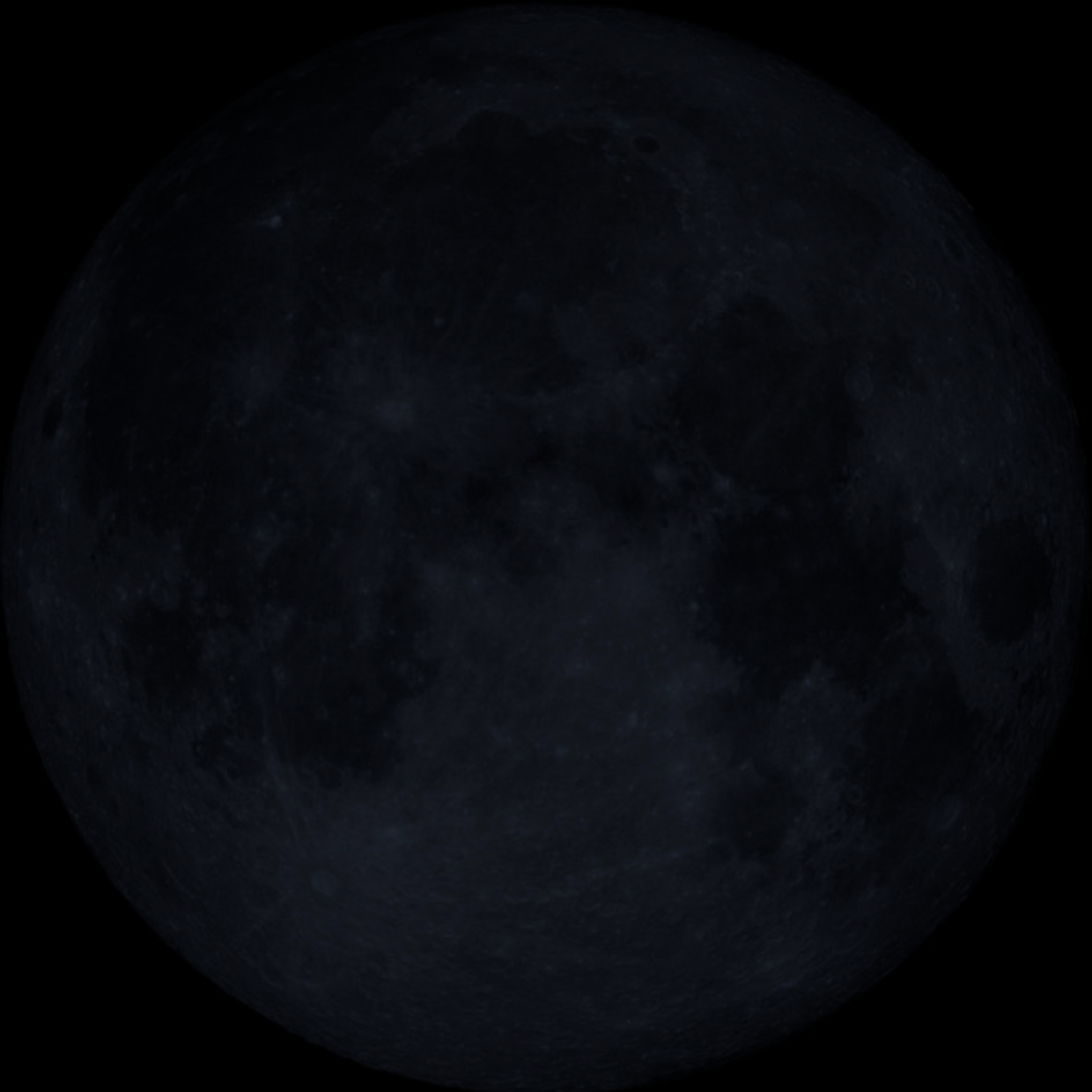
New Moon
The moon is between the Earth and the Sun, and its illuminated side faces away from the Earth, making it invisible in the night sky.
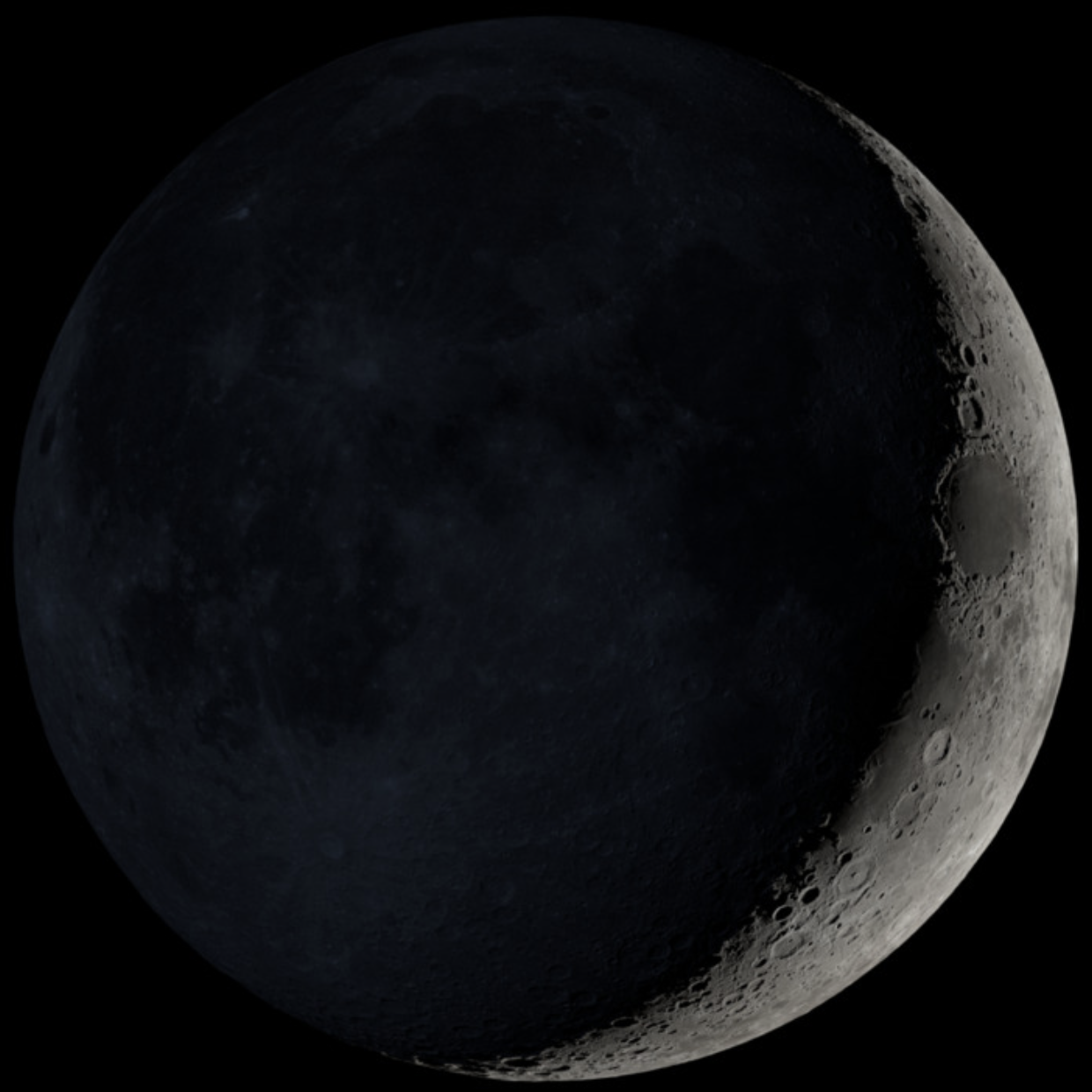
Waxing Crescent
A sliver of the moon becomes visible as it moves away from the Sun.
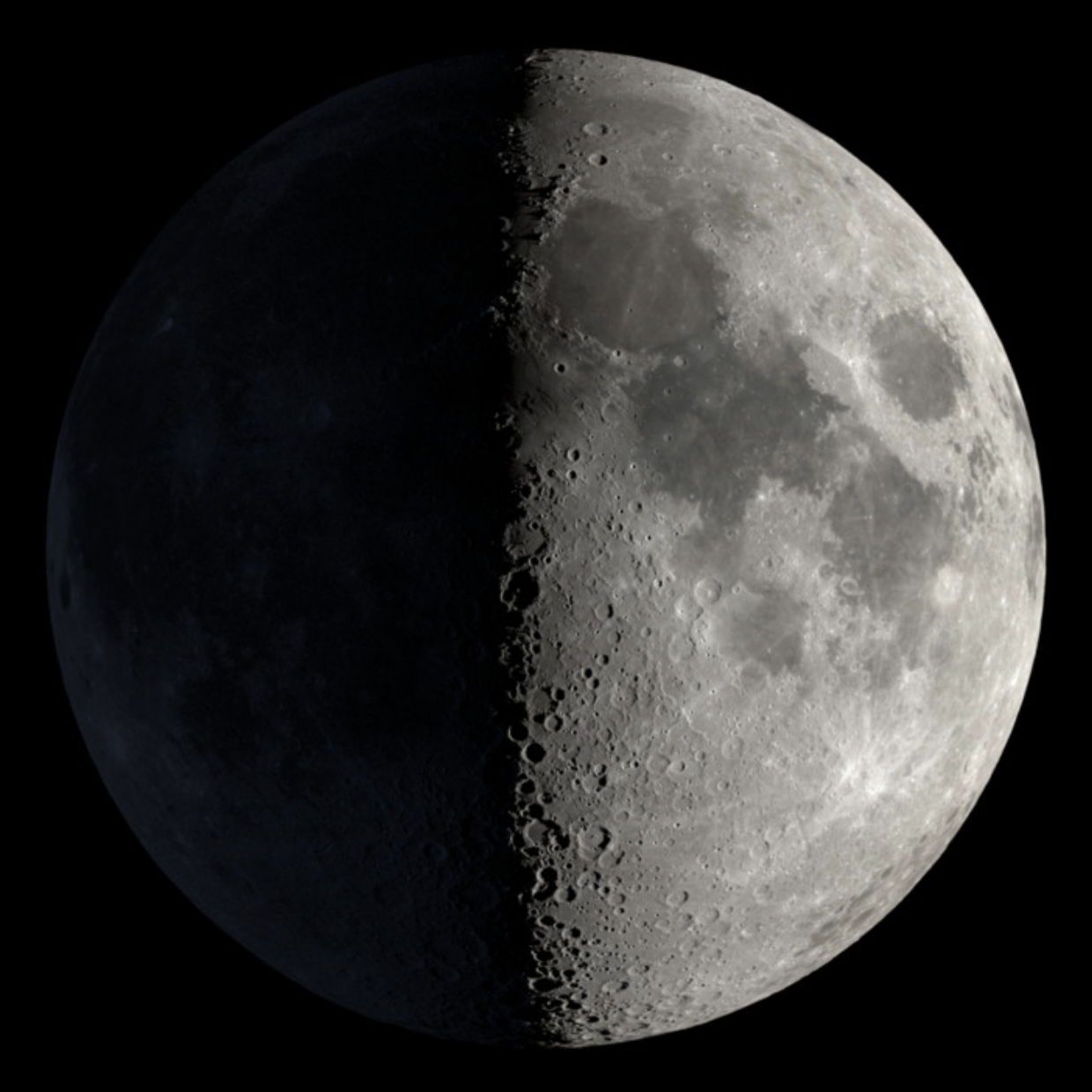
First Quarter
Half of the moon is illuminated, and it's a week after the new moon.
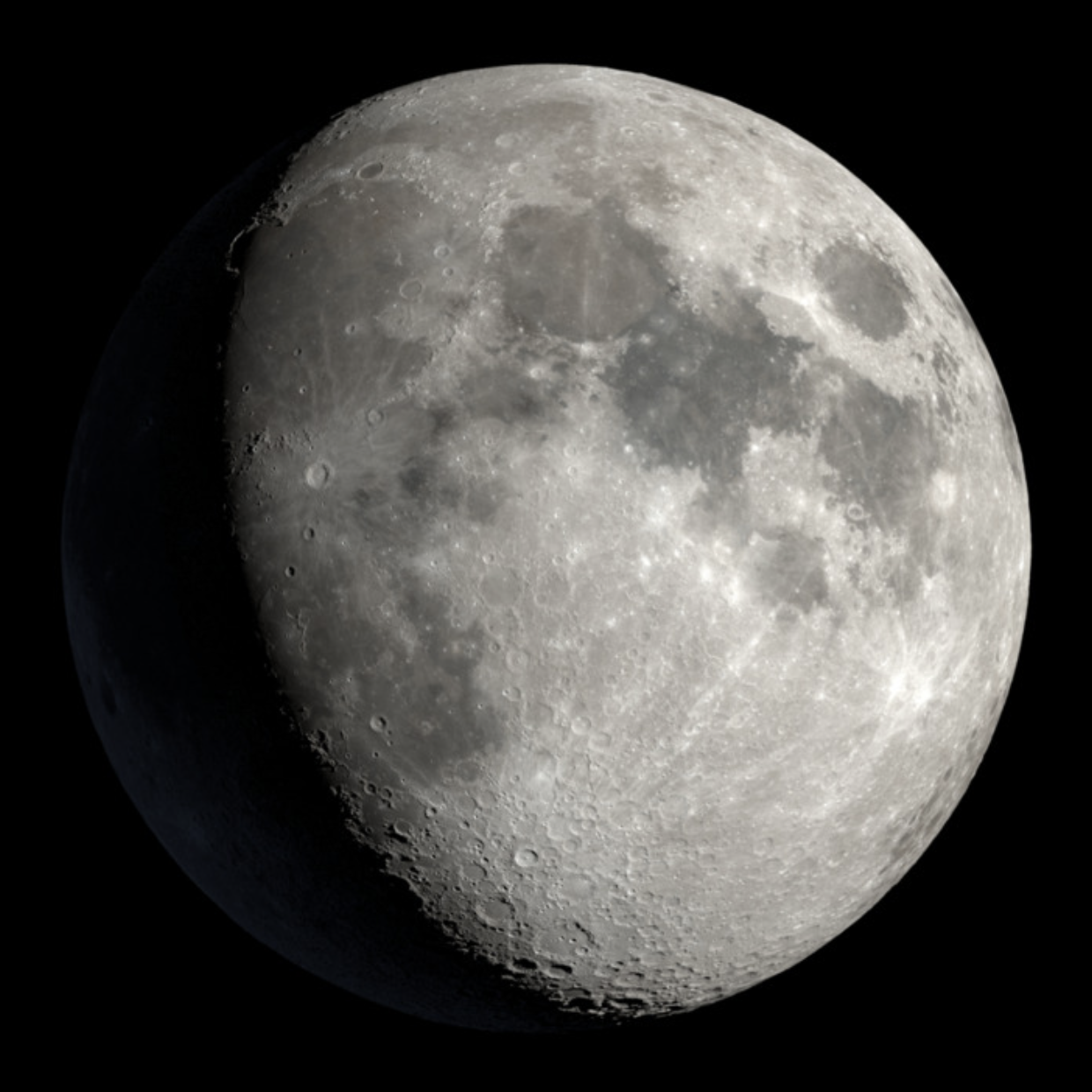
Waxing Gibbous
More than half of the moon is visible, leading up to the full moon.
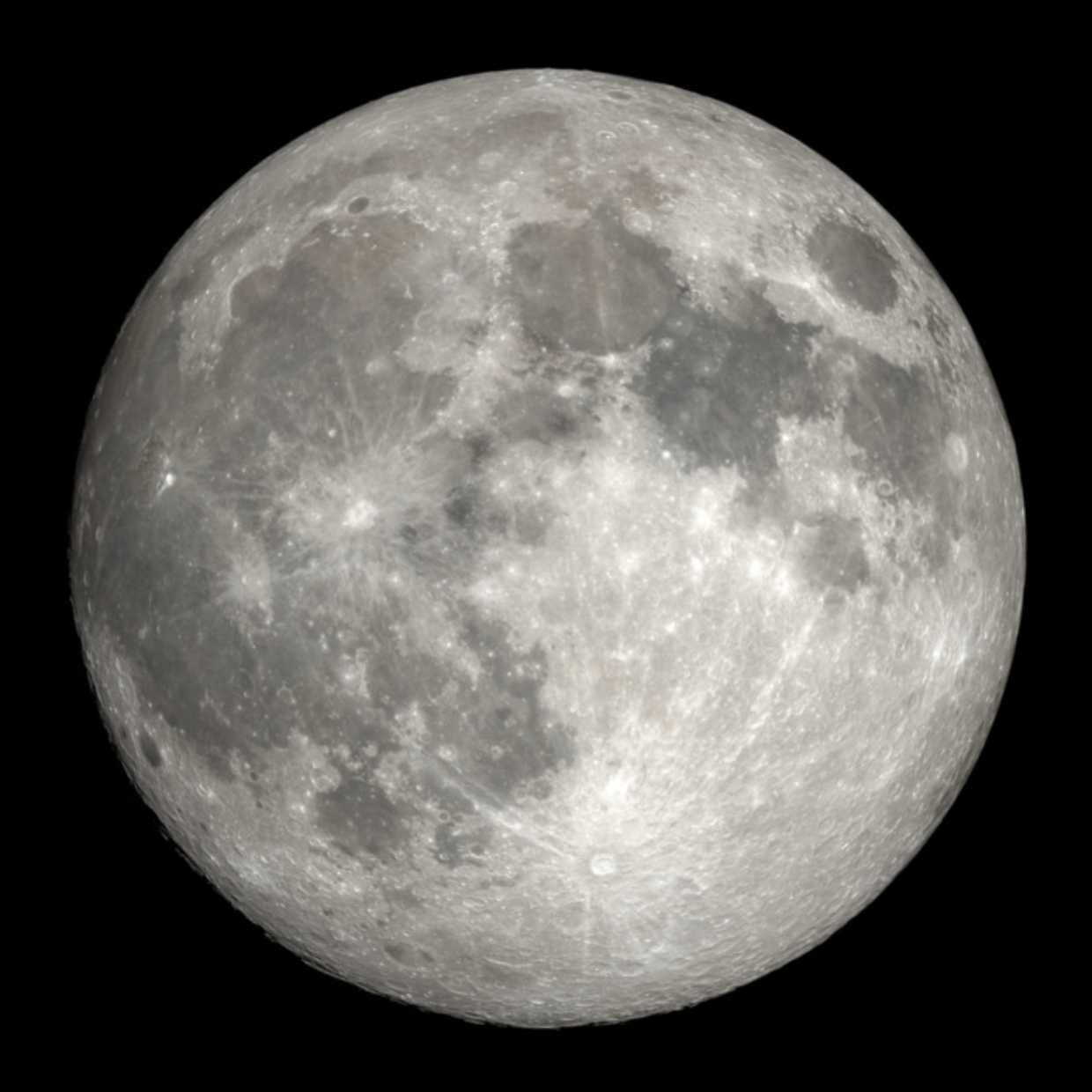
Full Moon
The Earth is between the moon and the Sun, and the moon's face is fully illuminated.
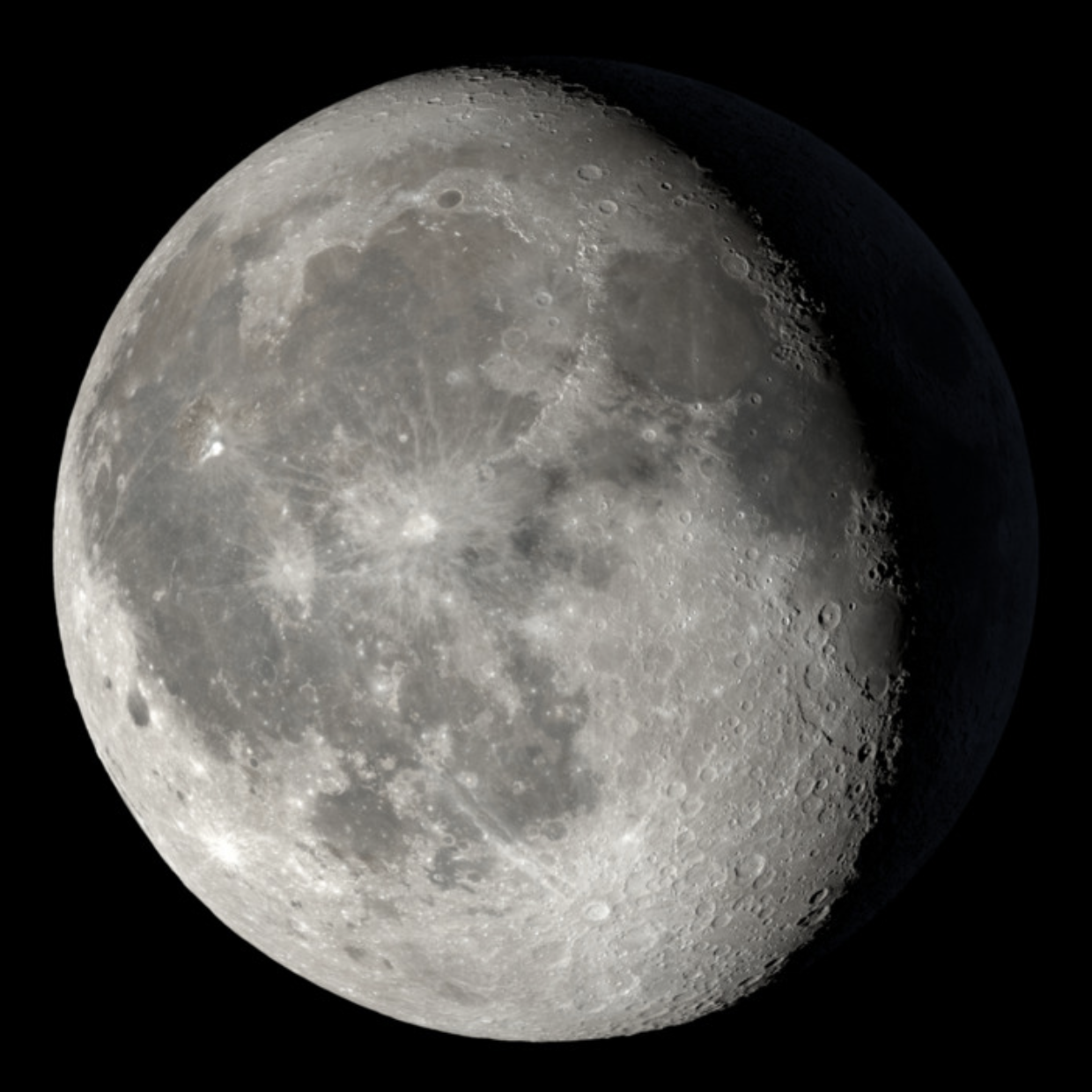
Waning Gibbous
The moon starts to be less than fully illuminated again.
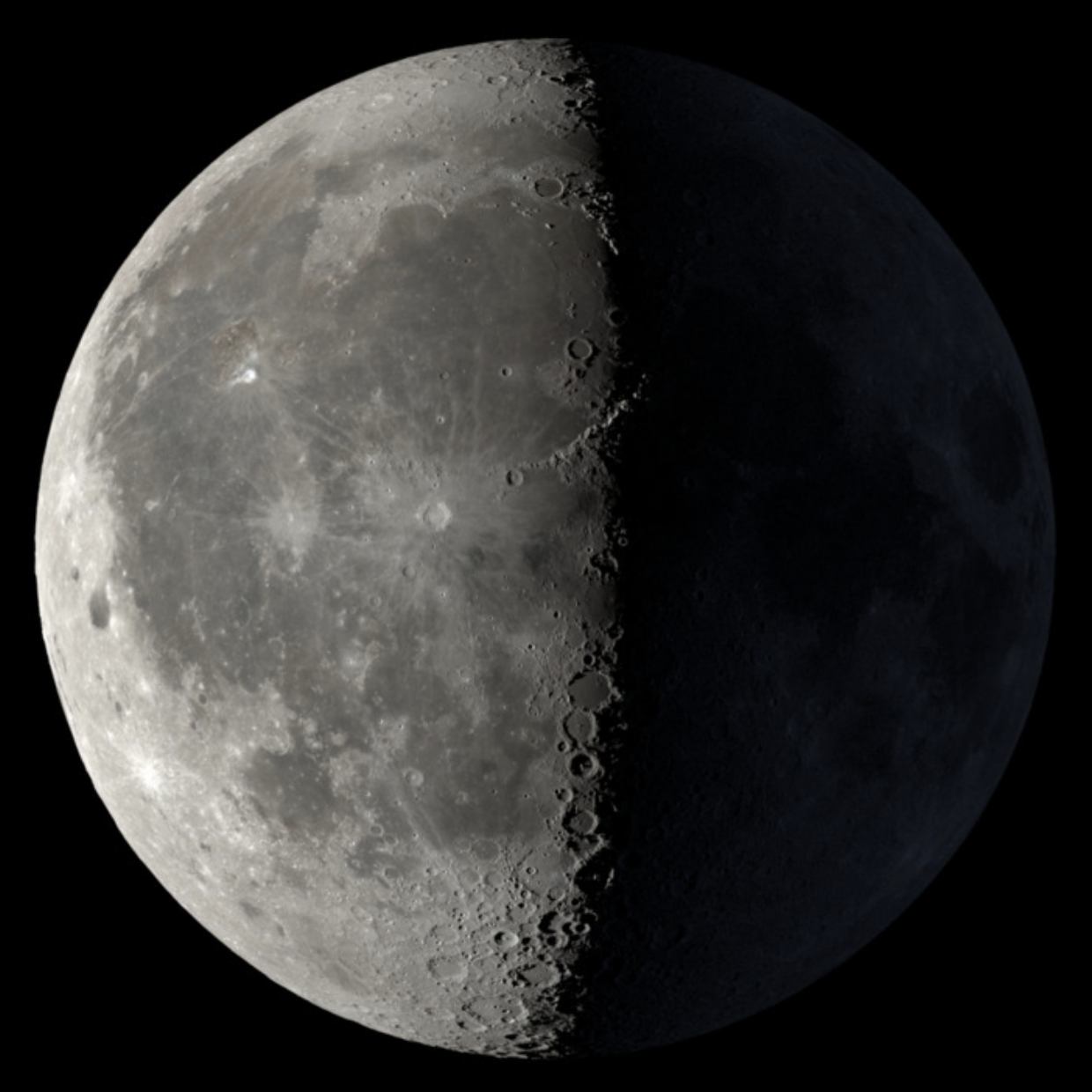
Last Quarter
A week after the full moon, half of the moon's face is illuminated.
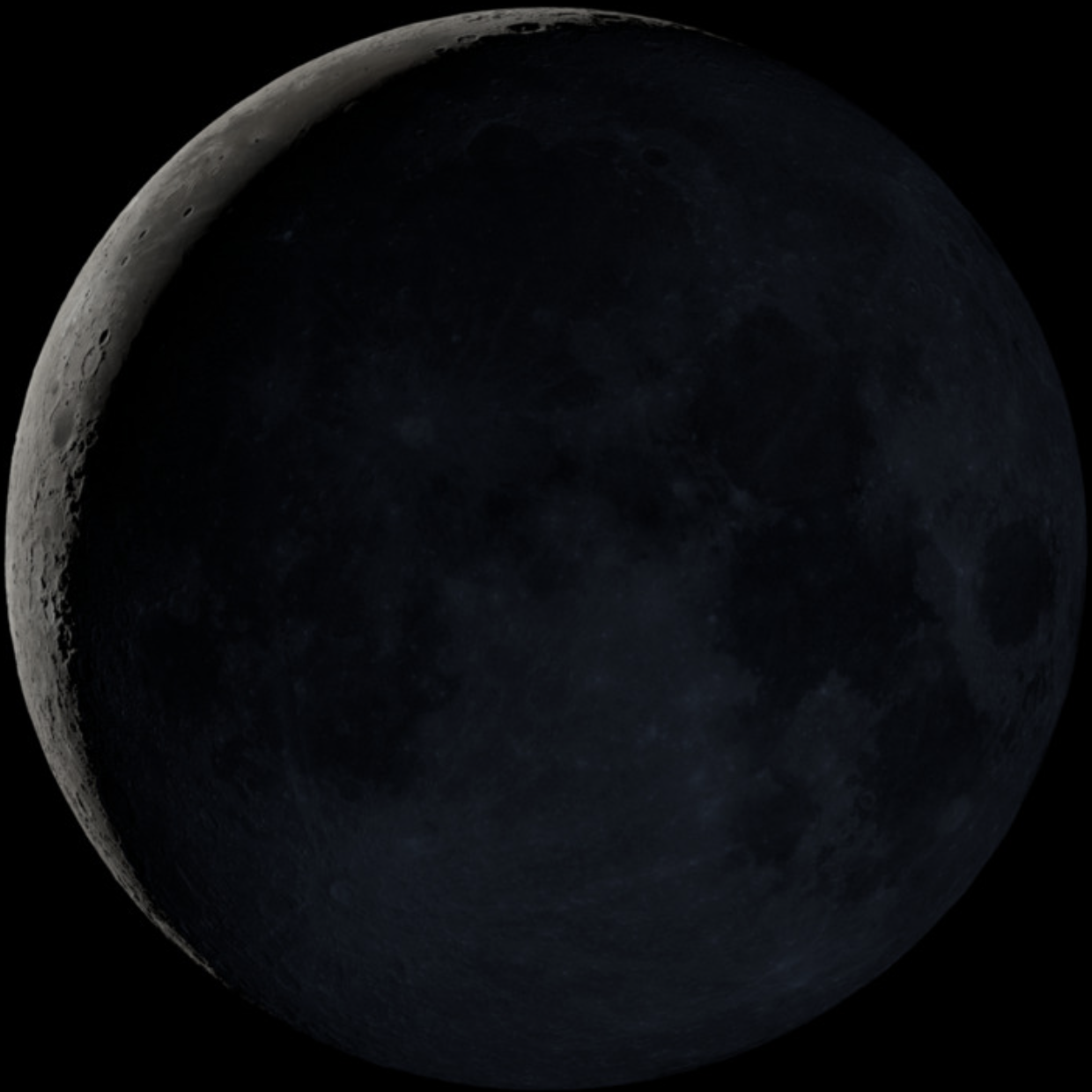
Waning Crescent
The moon returns to a sliver, leading back to the new moon.
LUNAR MONTHS
A lunar month, or lunation, is the time it takes for the moon to complete one full cycle of its phases, lasting approximately 29.5 days. Therefore, a lunar calendar year, which consists of 12 lunar months, is about 354 days long, making it shorter than a solar year by about 11 days.
TYPES OF LUNAR CALENDARS
Purely Lunar Calendars: These are based solely on the moon's phases, such as the Islamic Hijri calendar, where months begin when the first crescent of a new moon is sighted.
Lunisolar Calendars: To align with the solar year and ensure that agricultural seasons and festivals remain relatively constant, some calendars, like the Hebrew and traditional Chinese calendars, add an extra month in some years, a practice known as intercalation.
CULTURAL AND RELIGIOUS SIGNIFICANCE
Lunar calendars hold significant cultural and religious importance in various societies. Many religious observances, such as Ramadan in Islam, Easter in Christianity, and Passover in Judaism, are determined by lunar or lunisolar calendars. These calendars are also integral to the agricultural, festive, and ritualistic traditions of many cultures around the world.
MODERN USAGE
While the Gregorian calendar is the most widely used civil calendar today, lunar and lunisolar calendars continue to play a crucial role in cultural and religious contexts. They are used to determine religious holidays, festivals, and various traditional events across the world.
The lunar calendar's synchronization with the moon's phases gives it a unique and enduring relevance, deeply intertwining it with human culture, religion, and history.
A lunar calendar is a calendar system that is based on the cycles of the moon's phases. Unlike the Gregorian calendar, which is solar-based and counts days based on the Earth's orbit around the Sun, the lunar calendar tracks time based on the moon's orbit around the Earth.
PHASES OF THE MOON
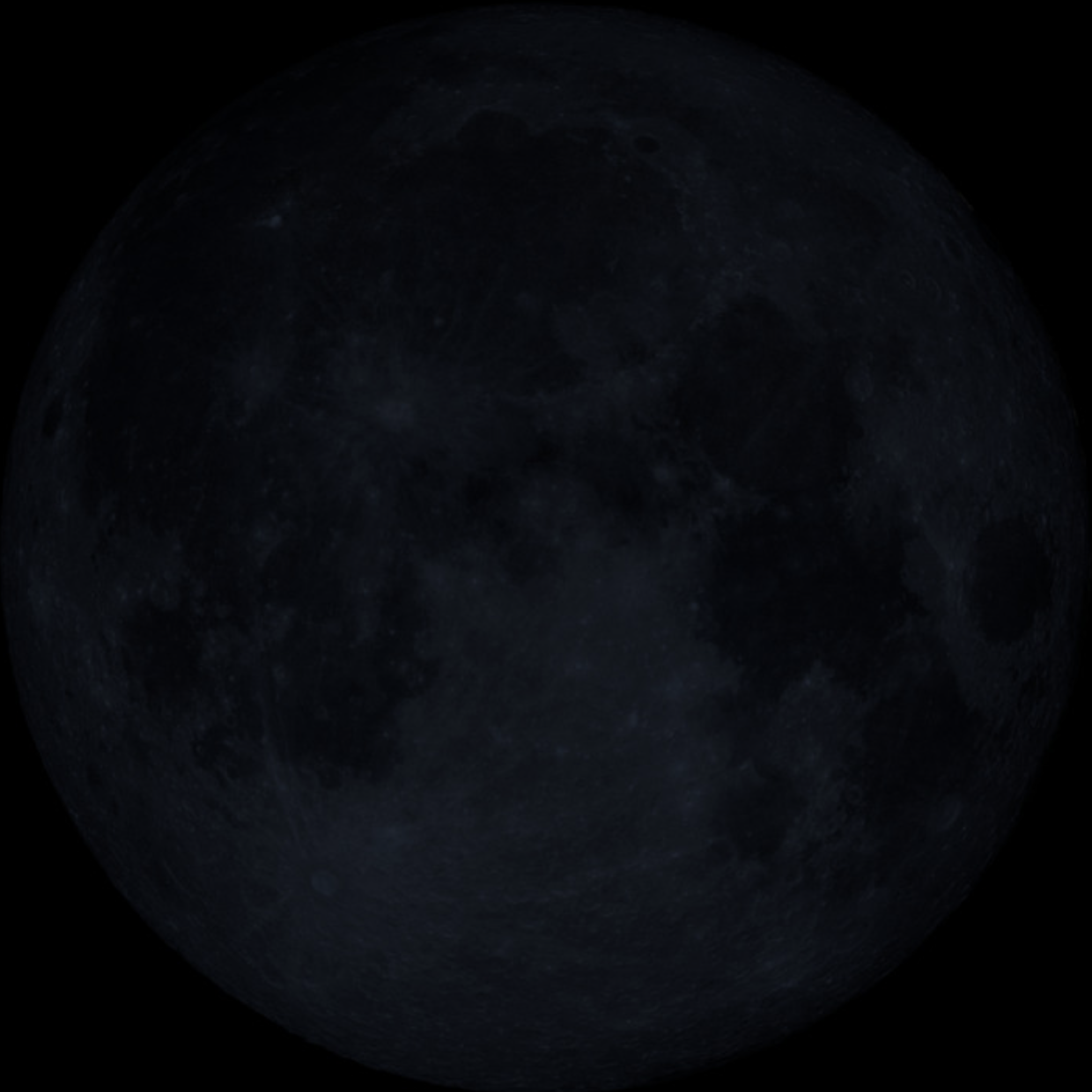
New Moon
The moon is between the Earth and the Sun, and its illuminated side faces away from the Earth, making it invisible in the night sky.
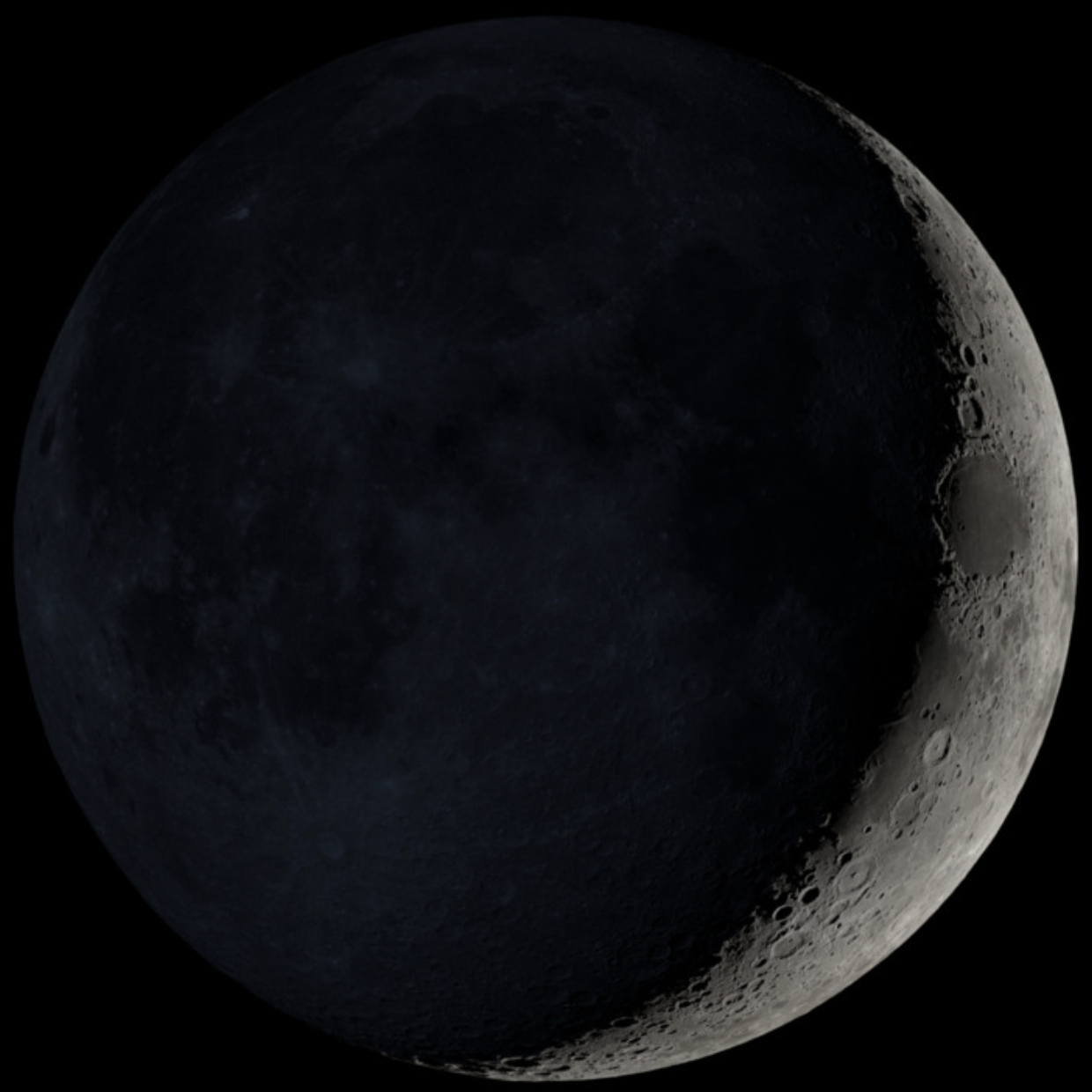
Waxing Crescent
A sliver of the moon becomes visible as it moves away from the Sun.
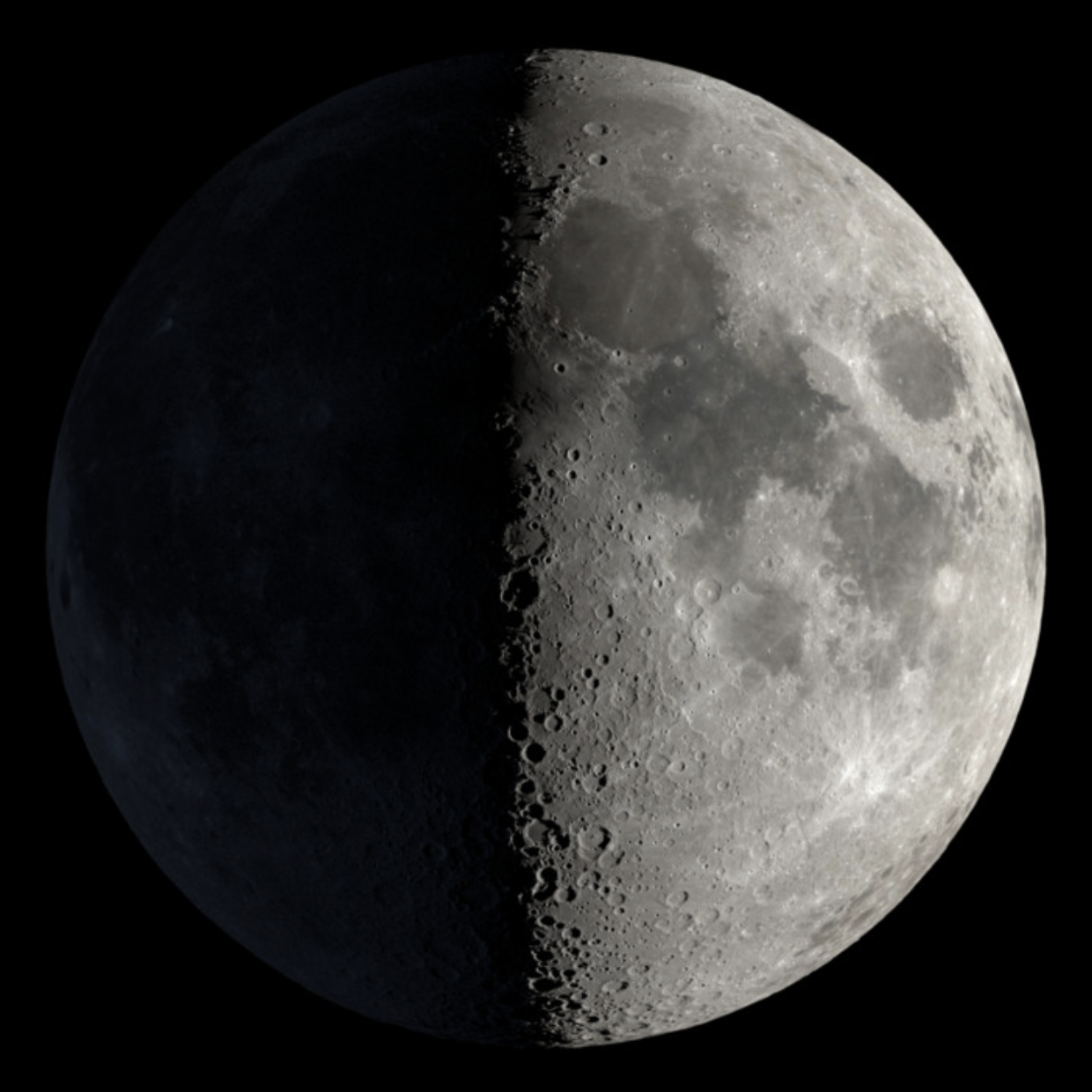
First Quarter
Half of the moon is illuminated, and it's a week after the new moon.
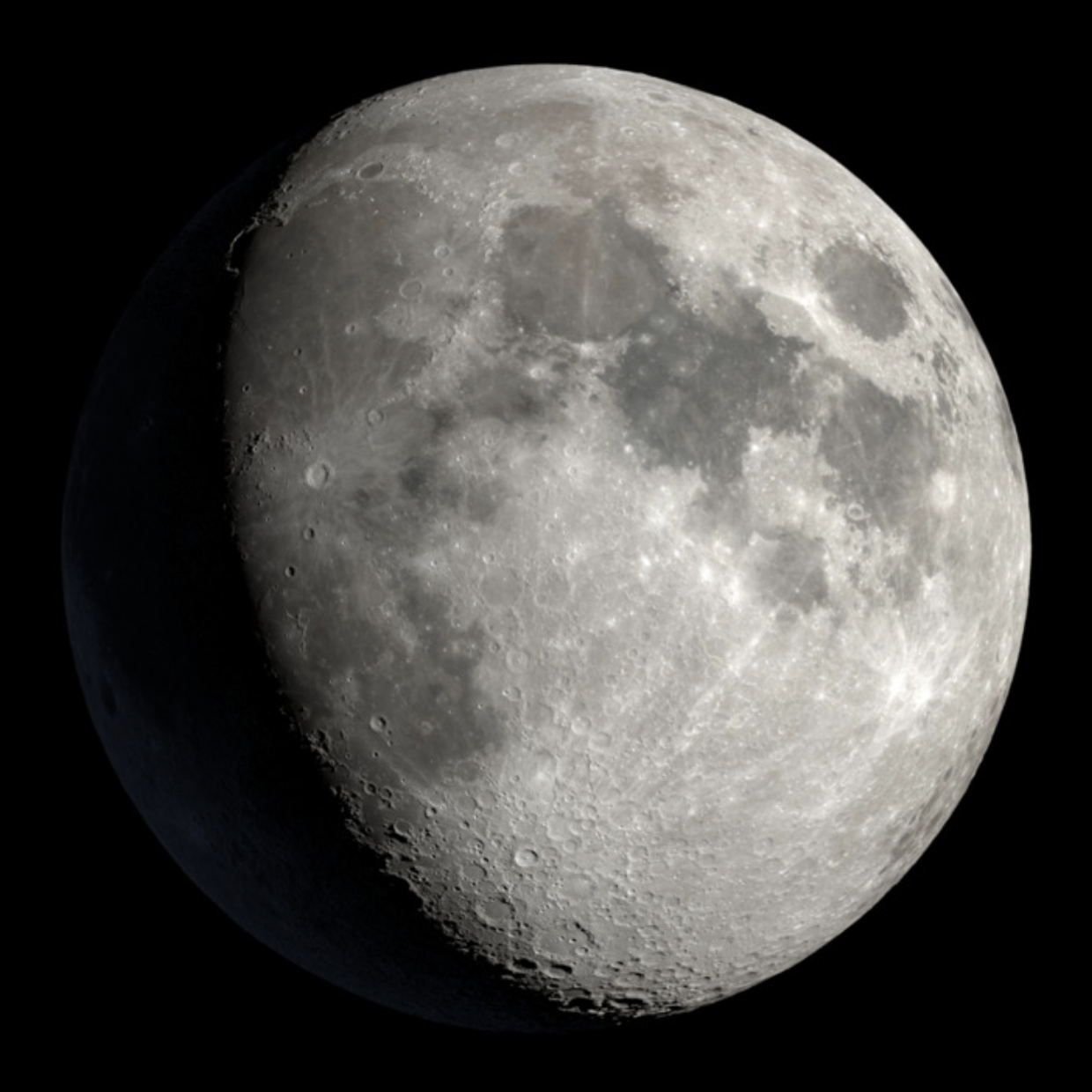
Waxing Gibbous
More than half of the moon is visible, leading up to the full moon.
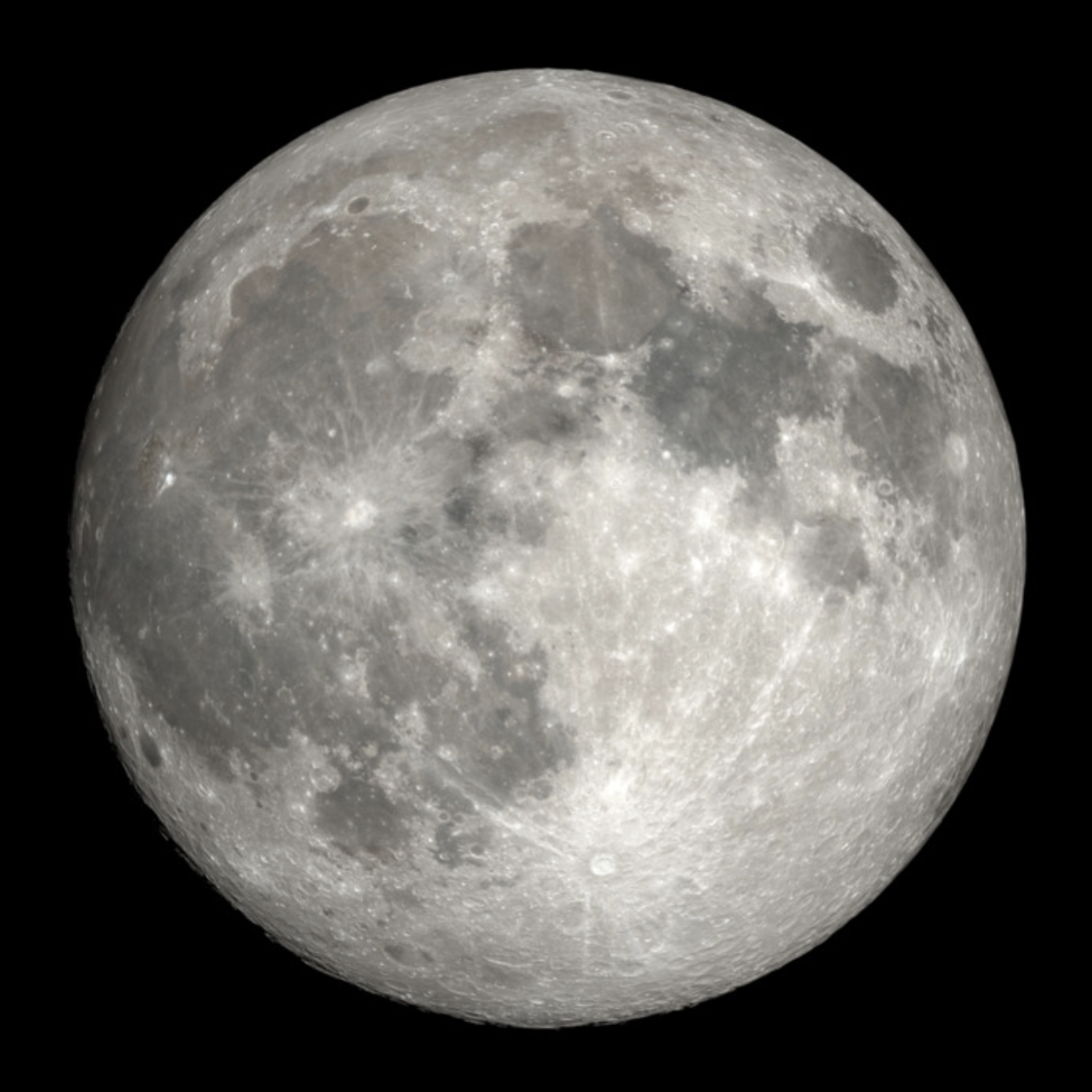
Full Moon
The Earth is between the moon and the Sun, and the moon's face is fully illuminated.
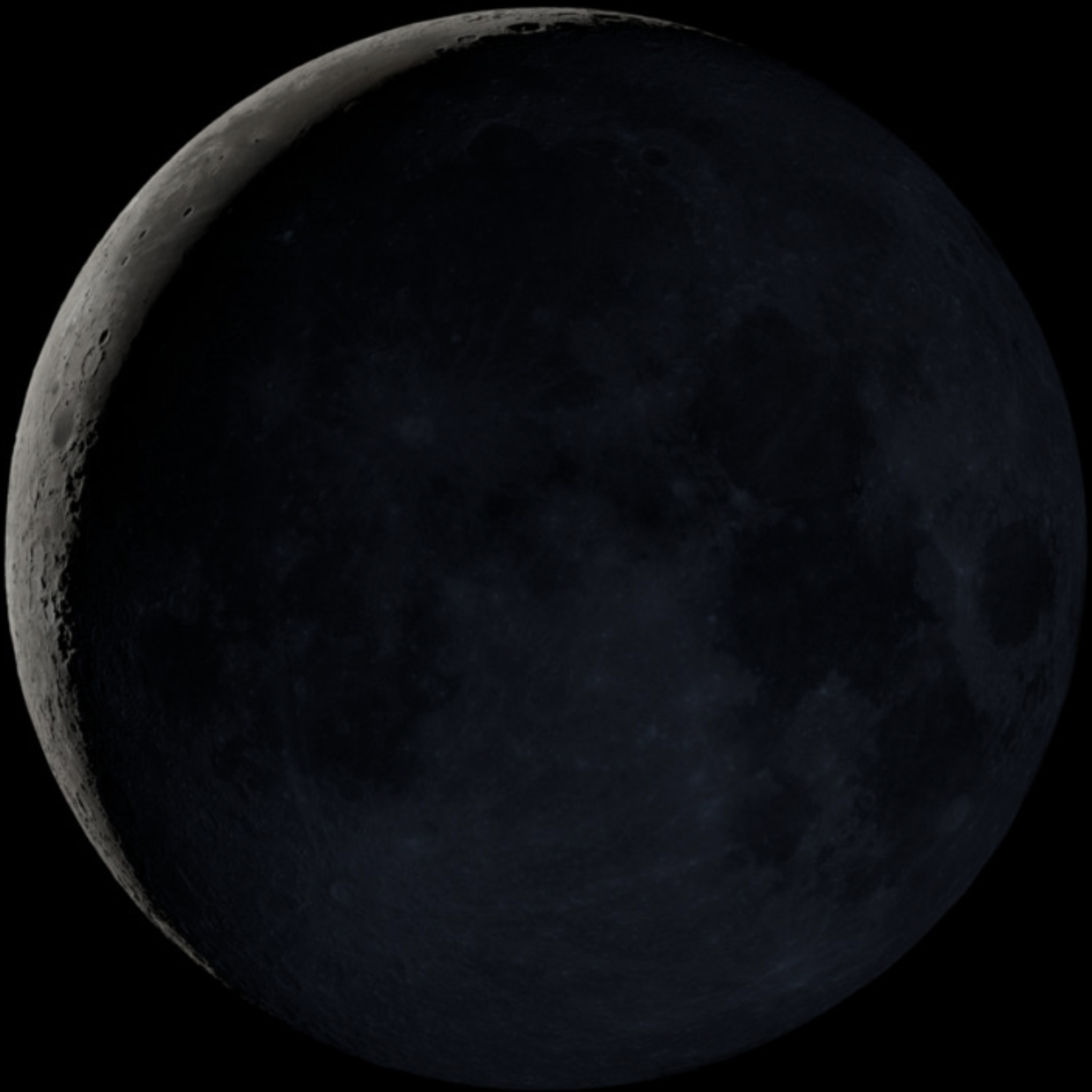
Waning Crescent
The moon returns to a sliver, leading back to the new moon.
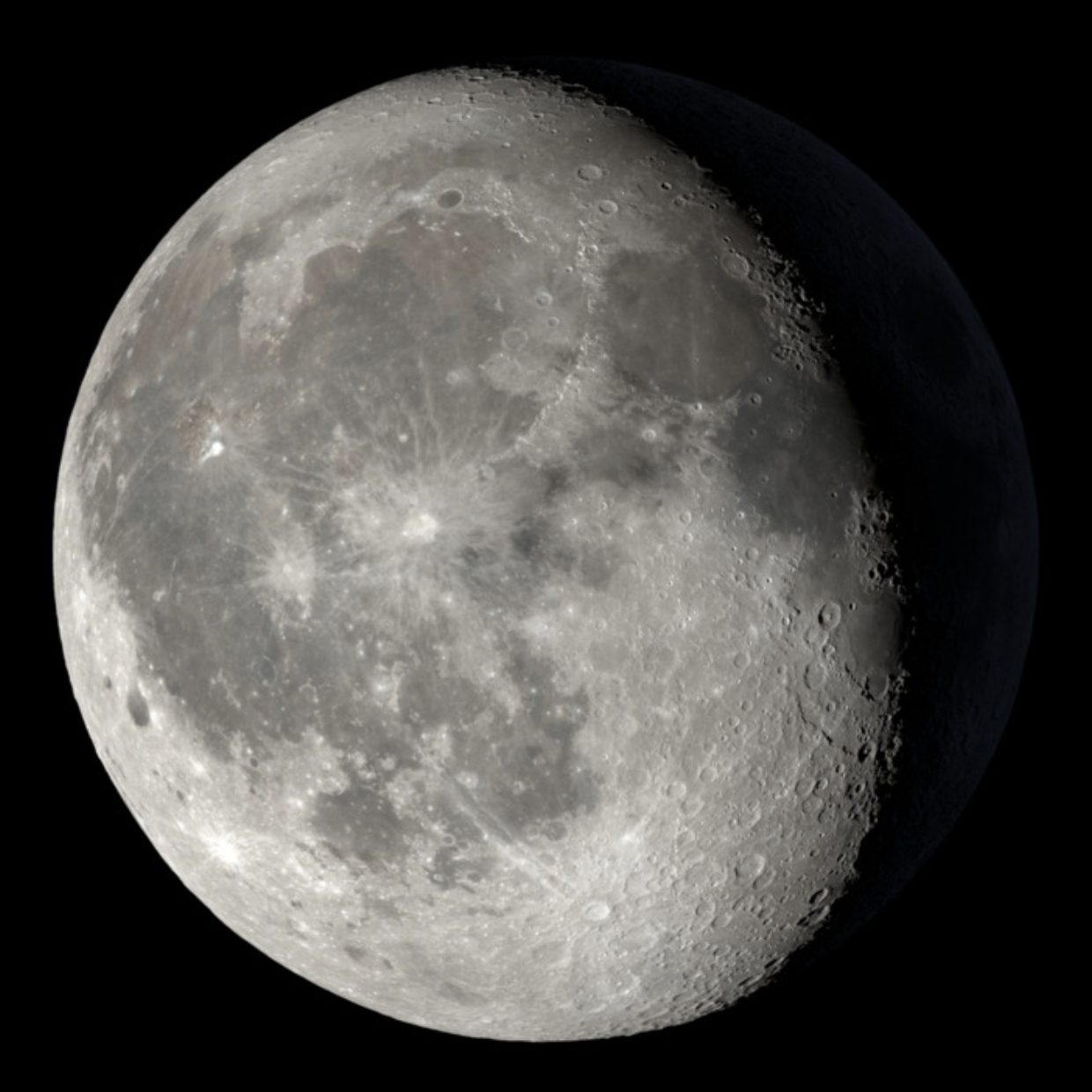
Waning Gibbous
The moon starts to be less than fully illuminated again.
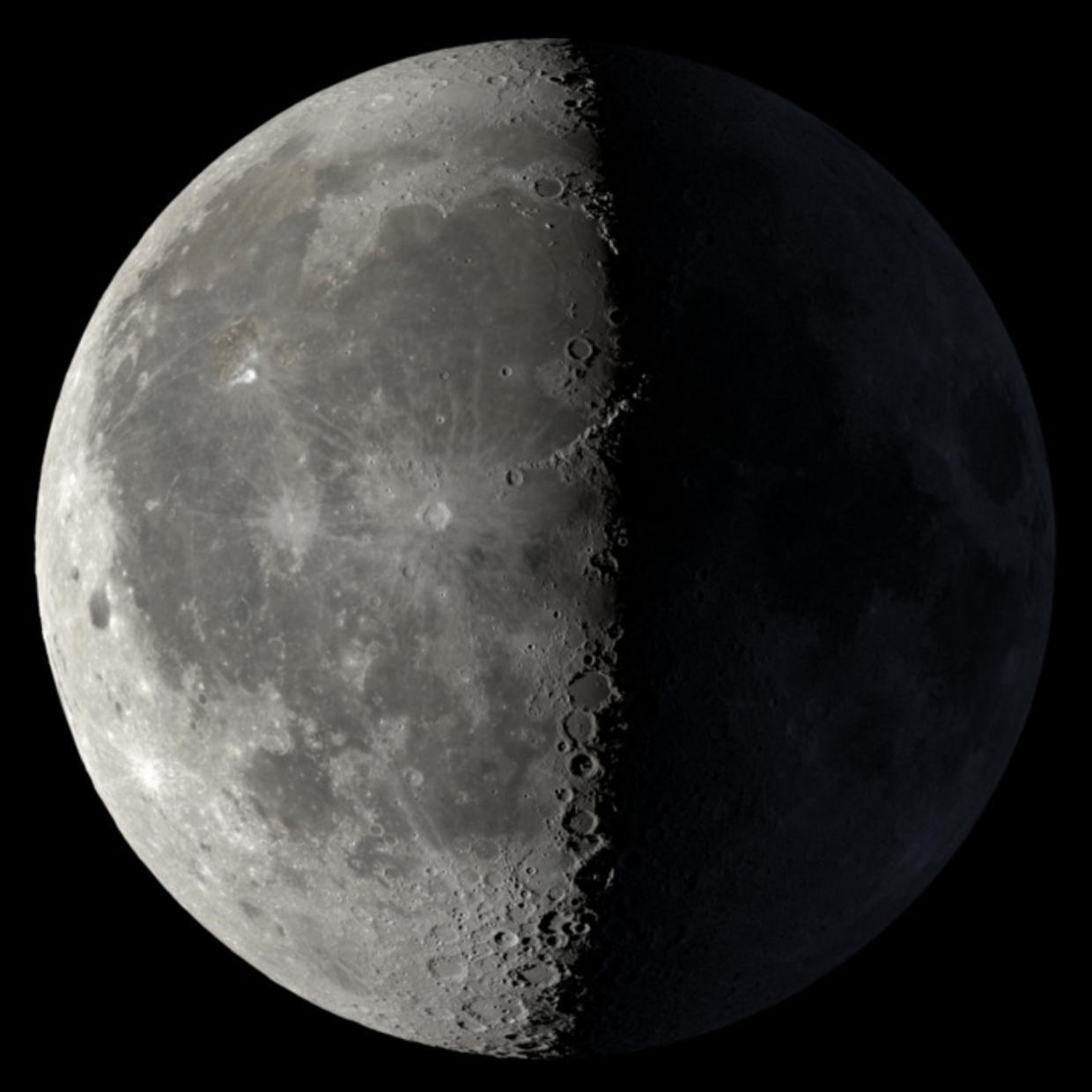
Last Quarter
A week after the full moon, half of the moon's face is illuminated.
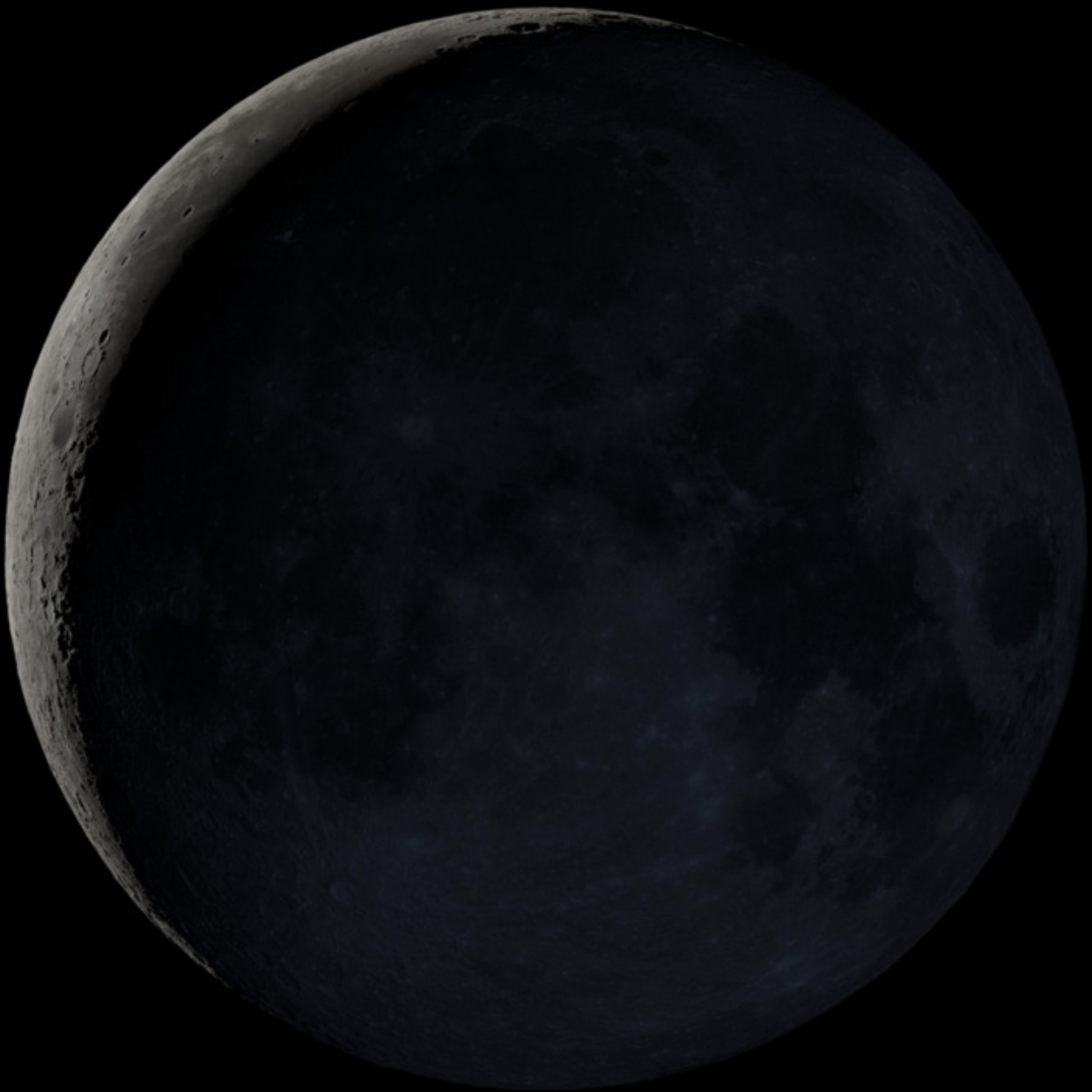
Waning Crescent
The moon returns to a sliver, leading back to the new moon.
LUNAR MONTHS
A lunar month, or lunation, is the time it takes for the moon to complete one full cycle of its phases, lasting approximately 29.5 days. Therefore, a lunar calendar year, which consists of 12 lunar months, is about 354 days long, making it shorter than a solar year by about 11 days.
TYPES OF LUNAR CALENDARS
Purely Lunar Calendars: These are based solely on the moon's phases, such as the Islamic Hijri calendar, where months begin when the first crescent of a new moon is sighted.
Lunisolar Calendars: To align with the solar year and ensure that agricultural seasons and festivals remain relatively constant, some calendars, like the Hebrew and traditional Chinese calendars, add an extra month in some years, a practice known as intercalation.
CULTURAL AND RELIGIOUS SIGNIFICANCE
Lunar calendars hold significant cultural and religious importance in various societies. Many religious observances, such as Ramadan in Islam, Easter in Christianity, and Passover in Judaism, are determined by lunar or lunisolar calendars. These calendars are also integral to the agricultural, festive, and ritualistic traditions of many cultures around the world.
MODERN USAGE
While the Gregorian calendar is the most widely used civil calendar today, lunar and lunisolar calendars continue to play a crucial role in cultural and religious contexts. They are used to determine religious holidays, festivals, and various traditional events across the world.
The lunar calendar's synchronization with the moon's phases gives it a unique and enduring relevance, deeply intertwining it with human culture, religion, and history.
A lunar calendar is a calendar system that is based on the cycles of the moon's phases. Unlike the Gregorian calendar, which is solar-based and counts days based on the Earth's orbit around the Sun, the lunar calendar tracks time based on the moon's orbit around the Earth.
PHASES OF THE MOON
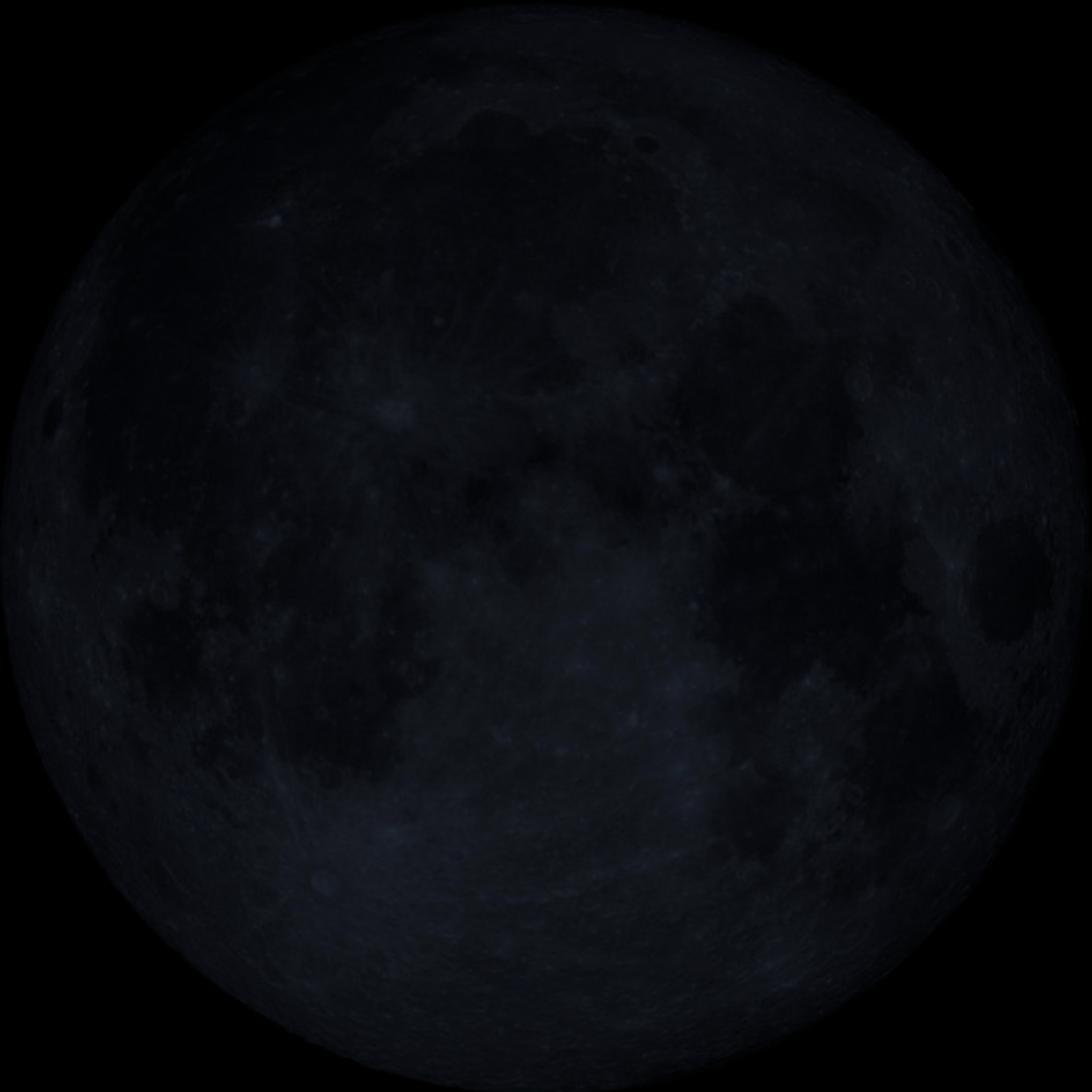
New Moon
The moon is between the Earth and the Sun, and its illuminated side faces away from the Earth, making it invisible in the night sky.
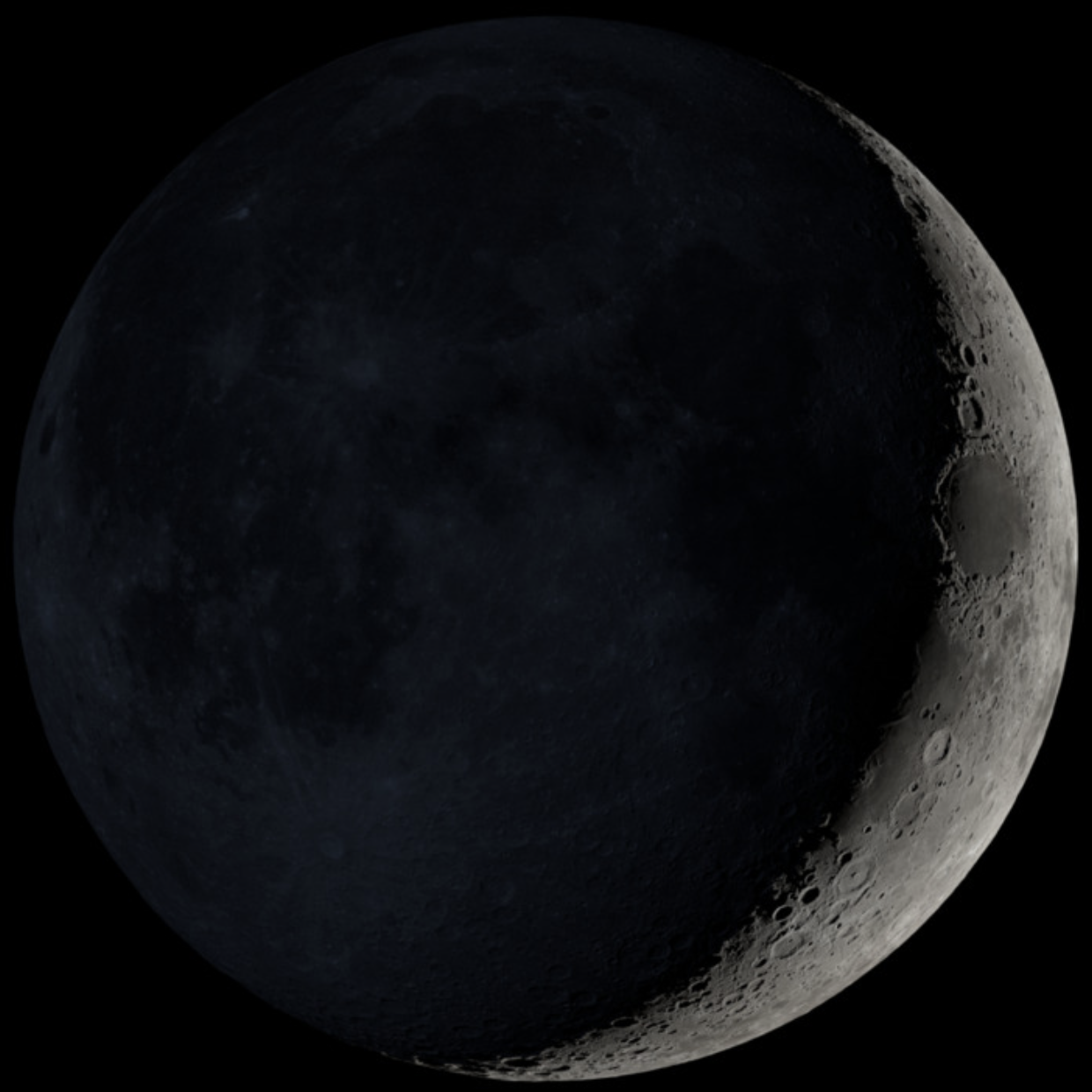
Waxing Crescent
A sliver of the moon becomes visible as it moves away from the Sun.
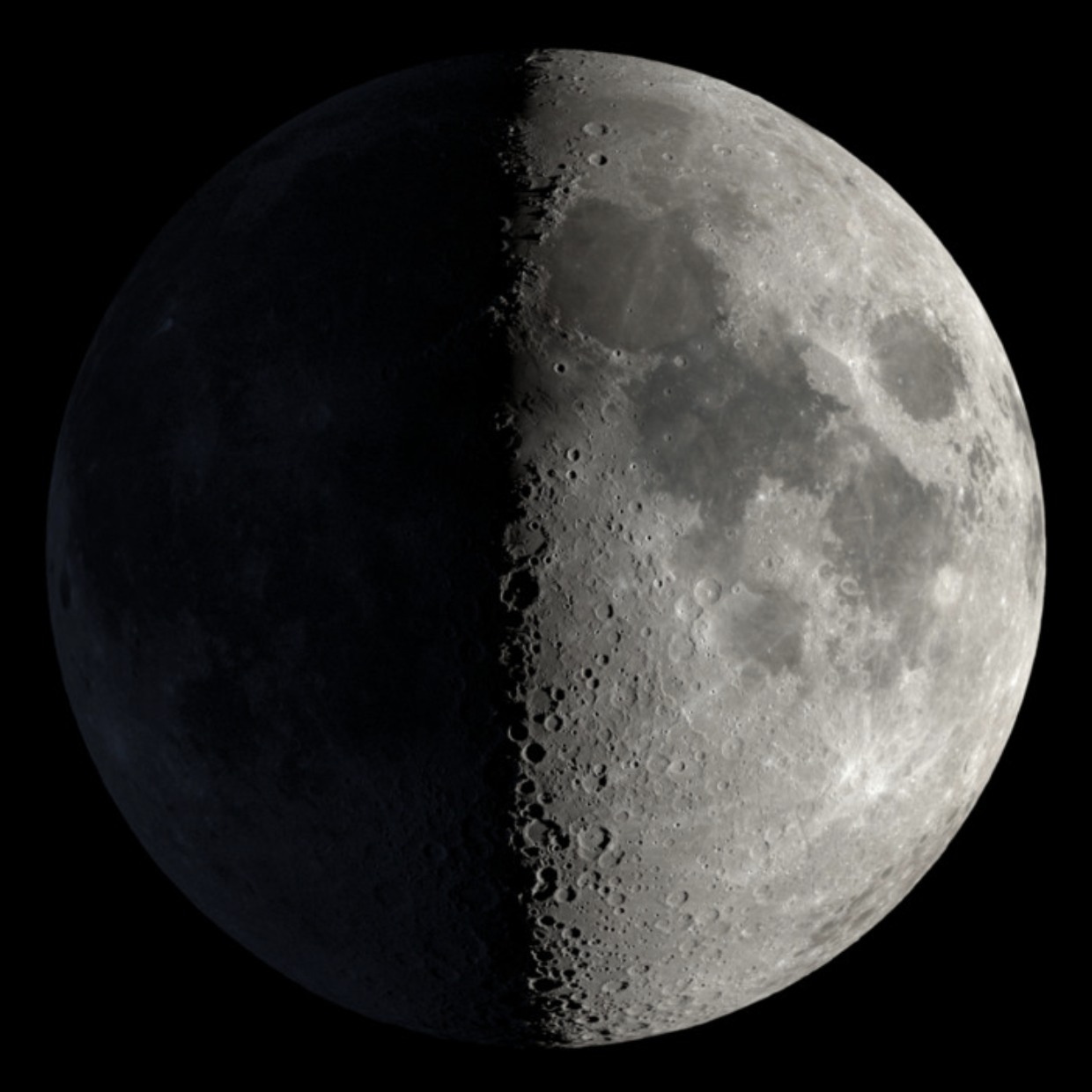
First Quarter
Half of the moon is illuminated, and it's a week after the new moon.
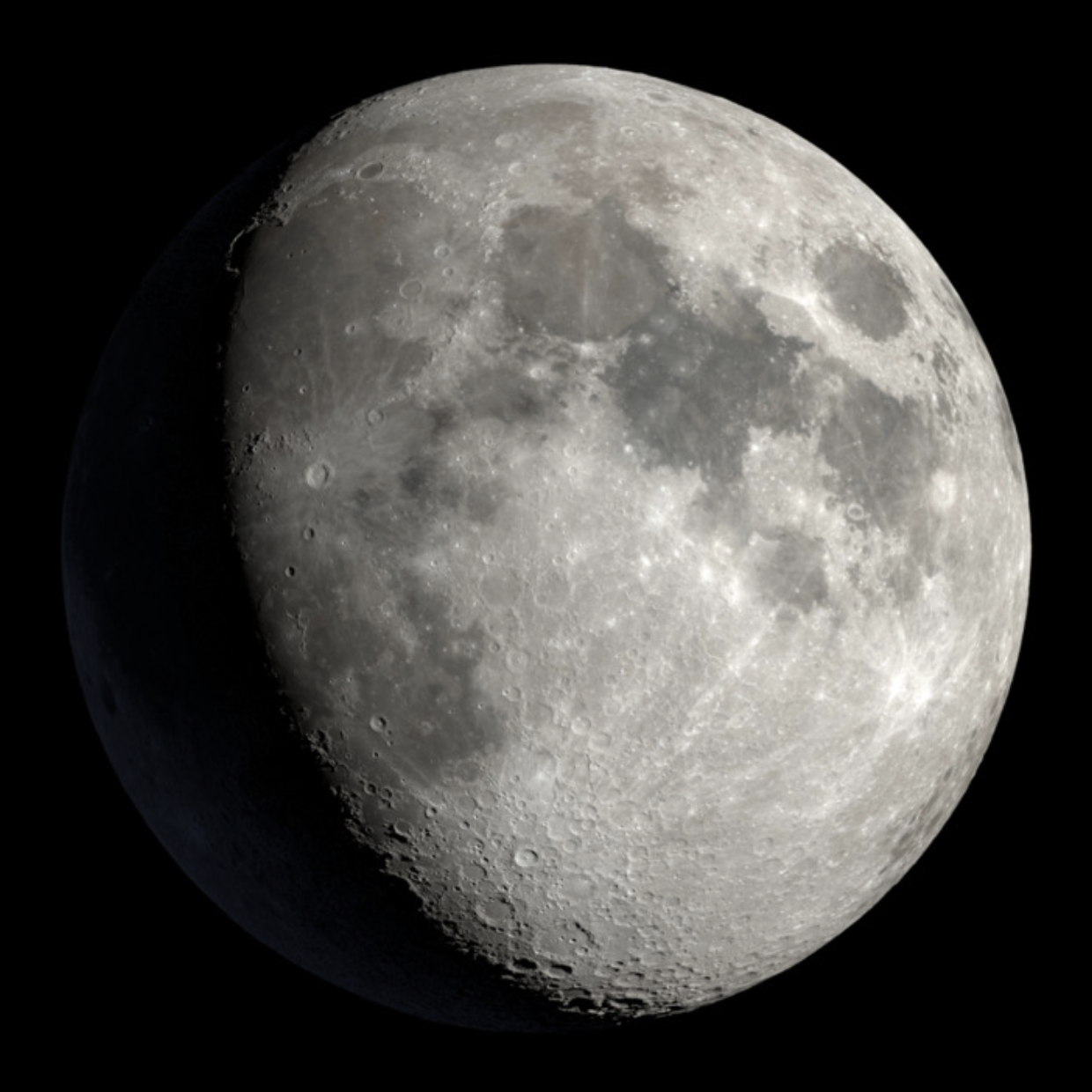
Waxing Gibbous
More than half of the moon is visible, leading up to the full moon.

Full Moon
The Earth is between the moon and the Sun, and the moon's face is fully illuminated.
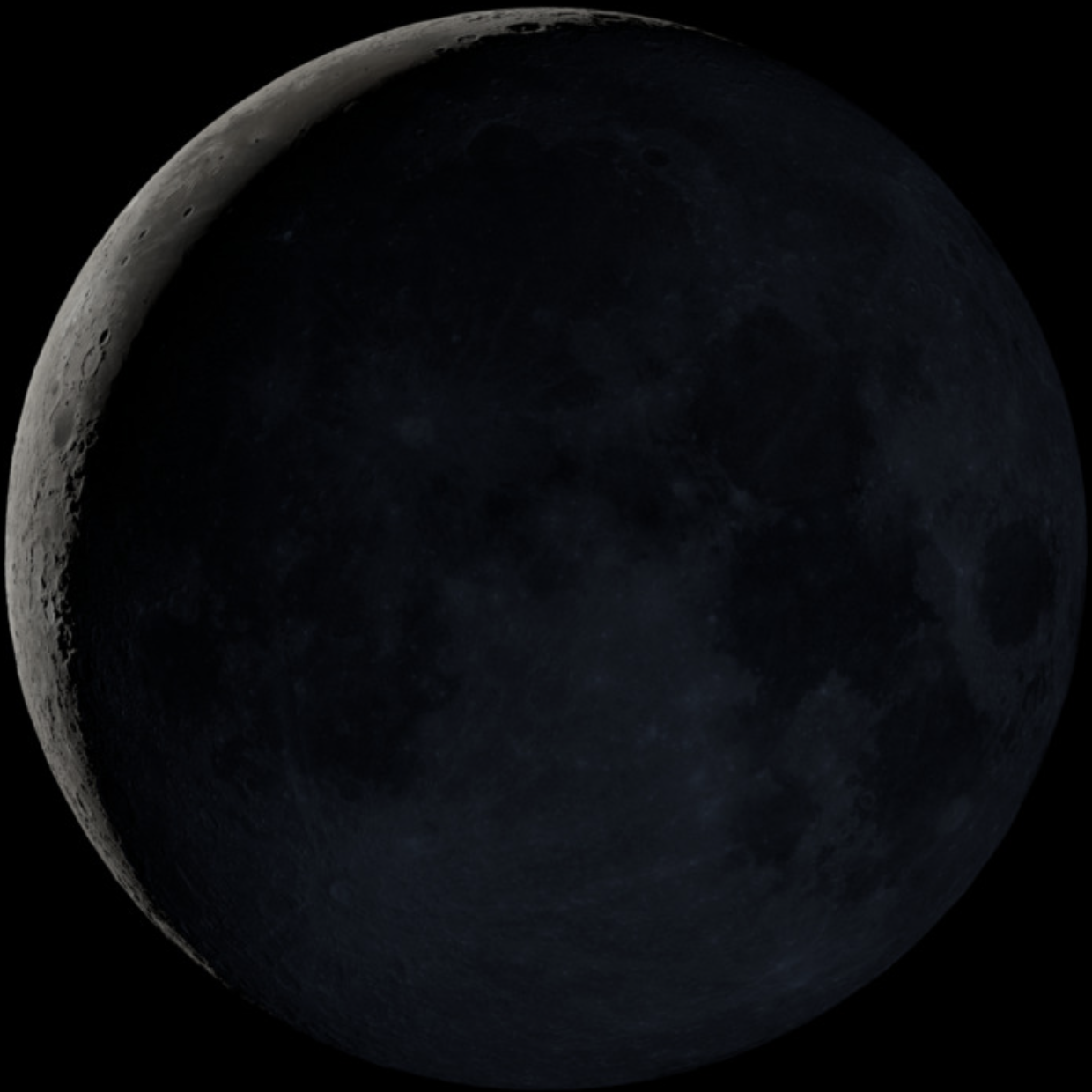
Waning Crescent
The moon returns to a sliver, leading back to the new moon.
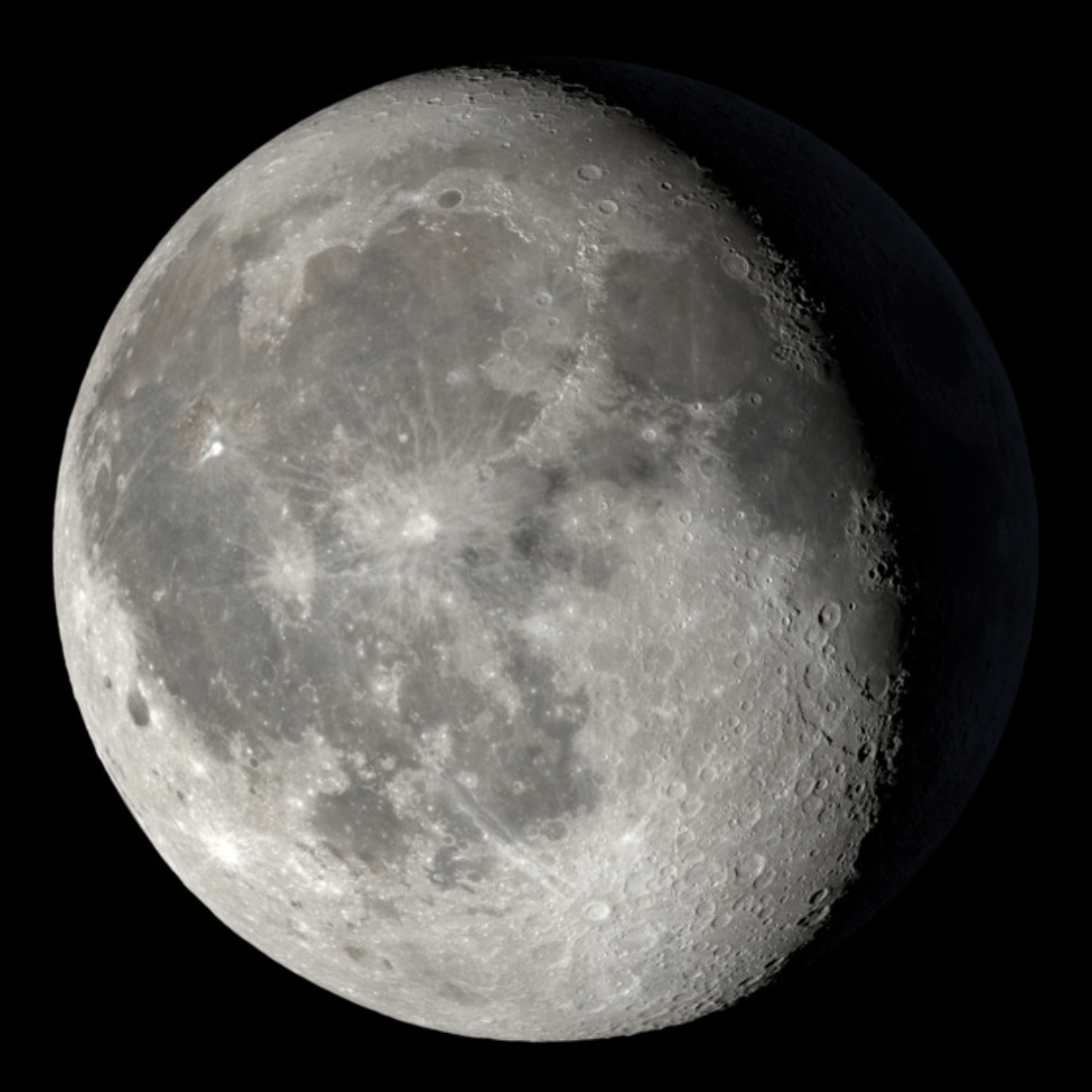
Waning Gibbous
The moon starts to be less than fully illuminated again.
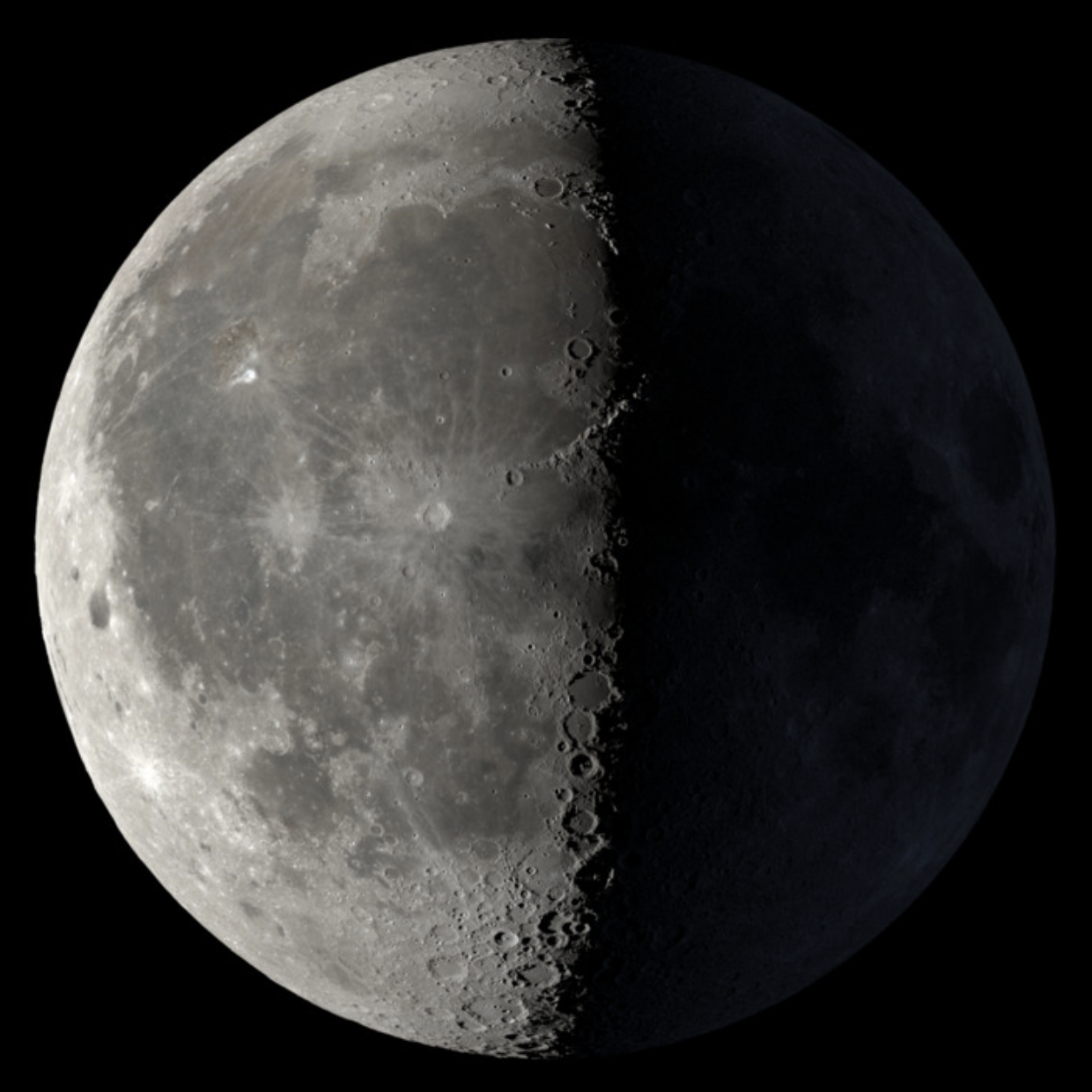
Last Quarter
A week after the full moon, half of the moon's face is illuminated.
LUNAR MONTHS
A lunar month, or lunation, is the time it takes for the moon to complete one full cycle of its phases, lasting approximately 29.5 days. Therefore, a lunar calendar year, which consists of 12 lunar months, is about 354 days long, making it shorter than a solar year by about 11 days.
TYPES OF LUNAR CALENDARS
Purely Lunar Calendars: These are based solely on the moon's phases, such as the Islamic Hijri calendar, where months begin when the first crescent of a new moon is sighted.
Lunisolar Calendars: To align with the solar year and ensure that agricultural seasons and festivals remain relatively constant, some calendars, like the Hebrew and traditional Chinese calendars, add an extra month in some years, a practice known as intercalation.
CULTURAL AND RELIGIOUS SIGNIFICANCE
Lunar calendars hold significant cultural and religious importance in various societies. Many religious observances, such as Ramadan in Islam, Easter in Christianity, and Passover in Judaism, are determined by lunar or lunisolar calendars. These calendars are also integral to the agricultural, festive, and ritualistic traditions of many cultures around the world.
MODERN USAGE
While the Gregorian calendar is the most widely used civil calendar today, lunar and lunisolar calendars continue to play a crucial role in cultural and religious contexts. They are used to determine religious holidays, festivals, and various traditional events across the world.
The lunar calendar's synchronization with the moon's phases gives it a unique and enduring relevance, deeply intertwining it with human culture, religion, and history.